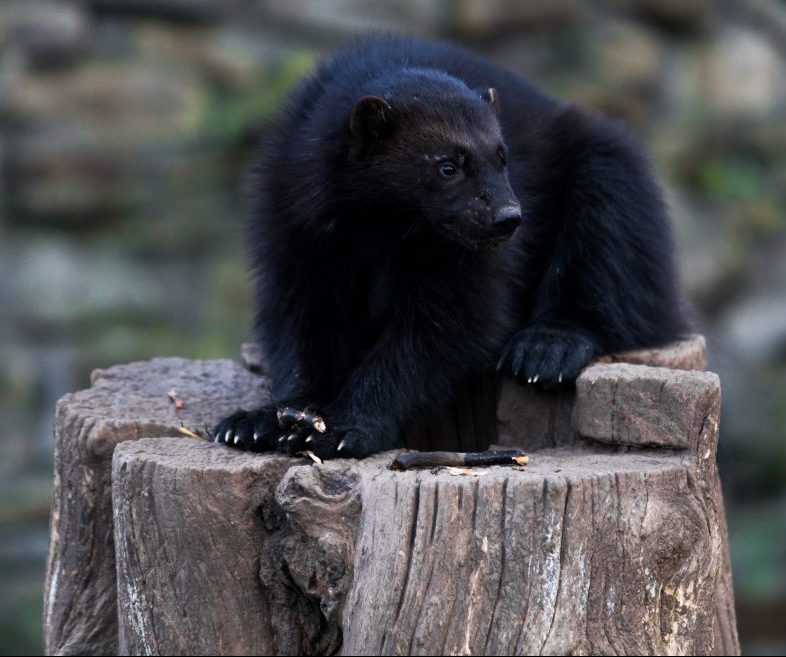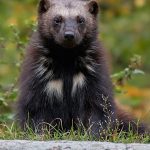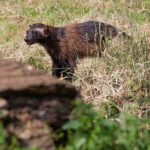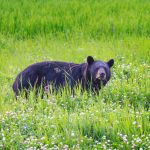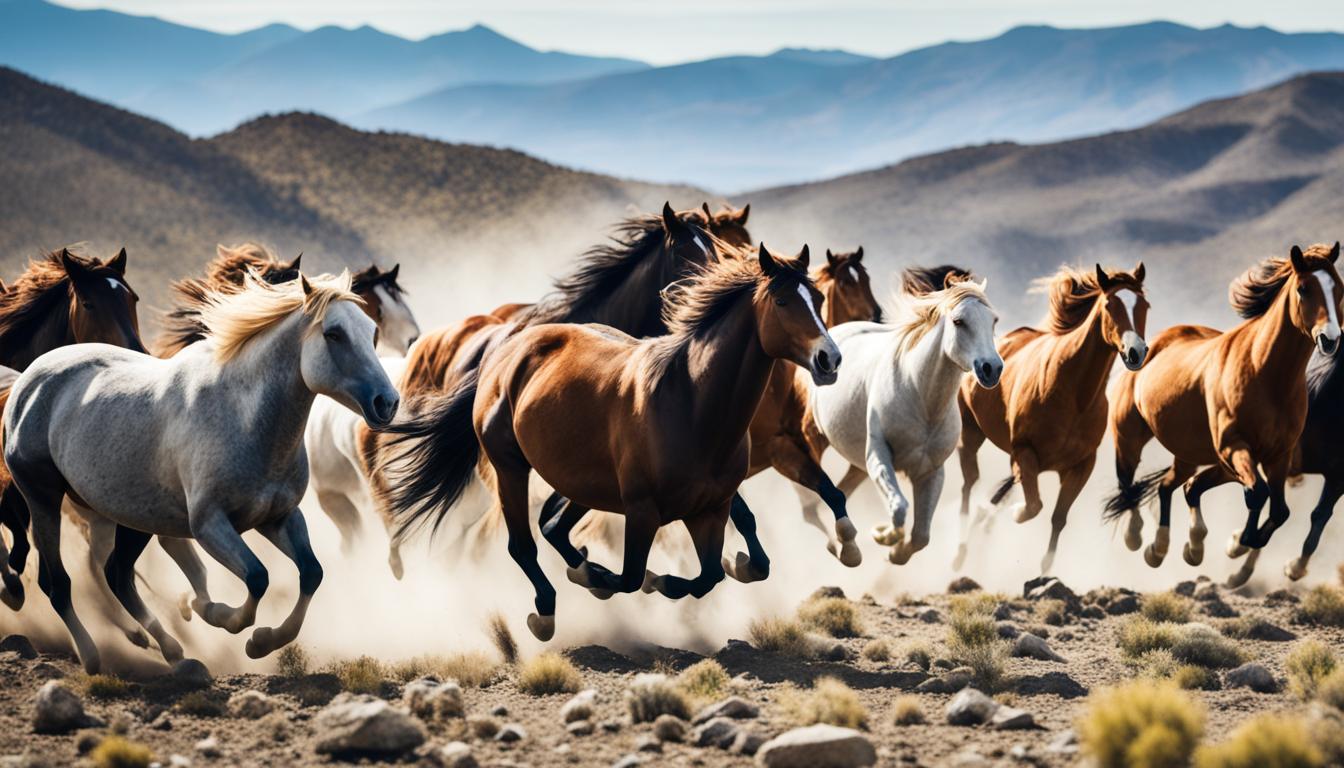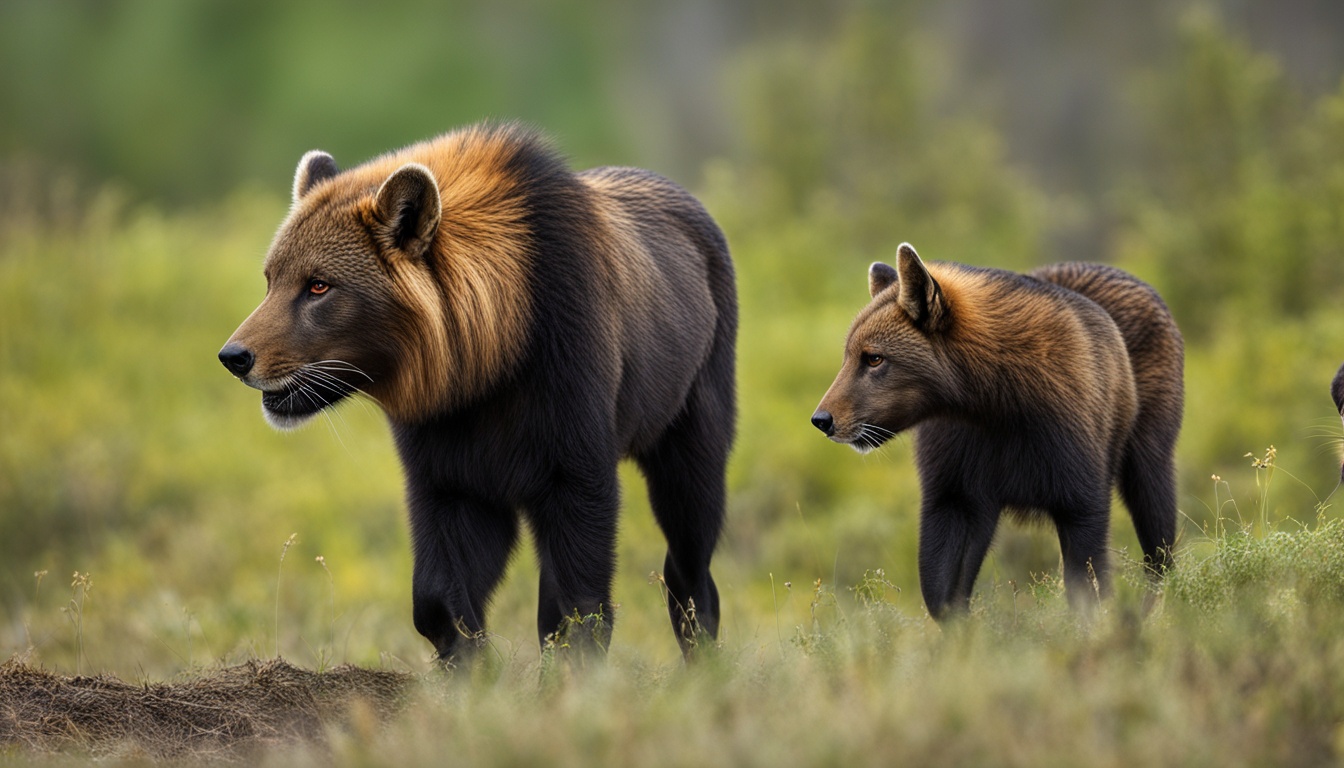Wolverines are nearly pathologically cagey, despite being curious and brave. Because they’re nocturnal, they’re adapted to lurking in the shadows, but they’ve been known to follow researchers for kilometers without being seen.
And, just as old fur trappers struggled to catch wolverines (and keep them from looting their traps), medical researchers are having trouble discovering, following, and trapping them.
They’re cunning, cunning, and playful — it’s difficult to catch a wolverine to kill it,” Watters says,
“but they know when a live trap is still out and they’ll return for a free meal.”
“They’ll sometimes dismantle the camera traps that have been set up nearby, or they’ll play with loose wires or cables.”
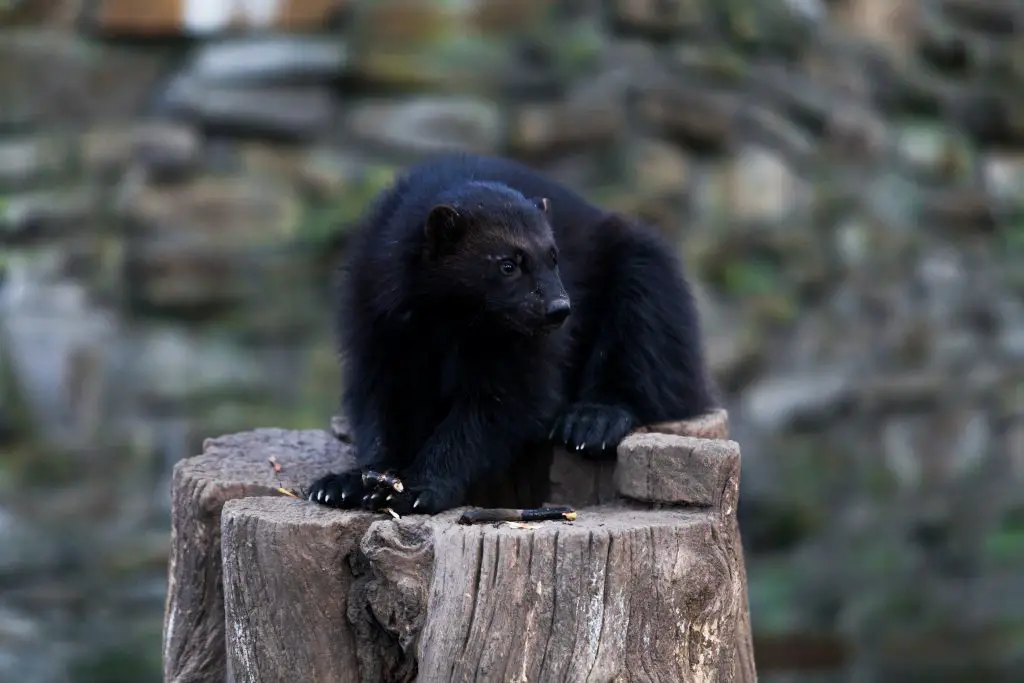
But, as tough as they are to locate in the flesh, determining where they’ve been is not difficult.
Wolverines are known as “skunk bears” or “stink bears” because they utilize their anal gland to spray various landmarks (and sometimes their opponents) with a specific combination of methyl botanic acids (the smell of which is being described as “sweaty,” “cheesy,” and “like a barnyard”).
They do this to communicate with one another, as one male may have three or more females residing in his area, rearing his kits (babies) (males do help in raising the babies). Wolverines, particularly their kits, communicate loudly with one another.
Even though wolverines are now classified as a species of utmost concern, having recovered from near extinction during the nineteenth century due to local environmental degradation and relentless hunting, poisoning, and extermination efforts, they are now facing new threats.
As a result of development, habitat loss of habitat are challenges for the population in the 48 states,” Watters says. Wolverines demand snow and cold, which can only be found in the lower 48 at high elevations.
Because wolverines occupy such enormous territories, only a few adult animals can live in a single mountain range, and young animals must seek another empty territory, frequently in a different range, to procreate.
Climate change, which is lowering the amount snowy and of cold habitats in the mountains, exacerbates all of this. Wolverine habitat is shrinking as the cold winter season gets shorter.
What Do Wolverines Do At Night?
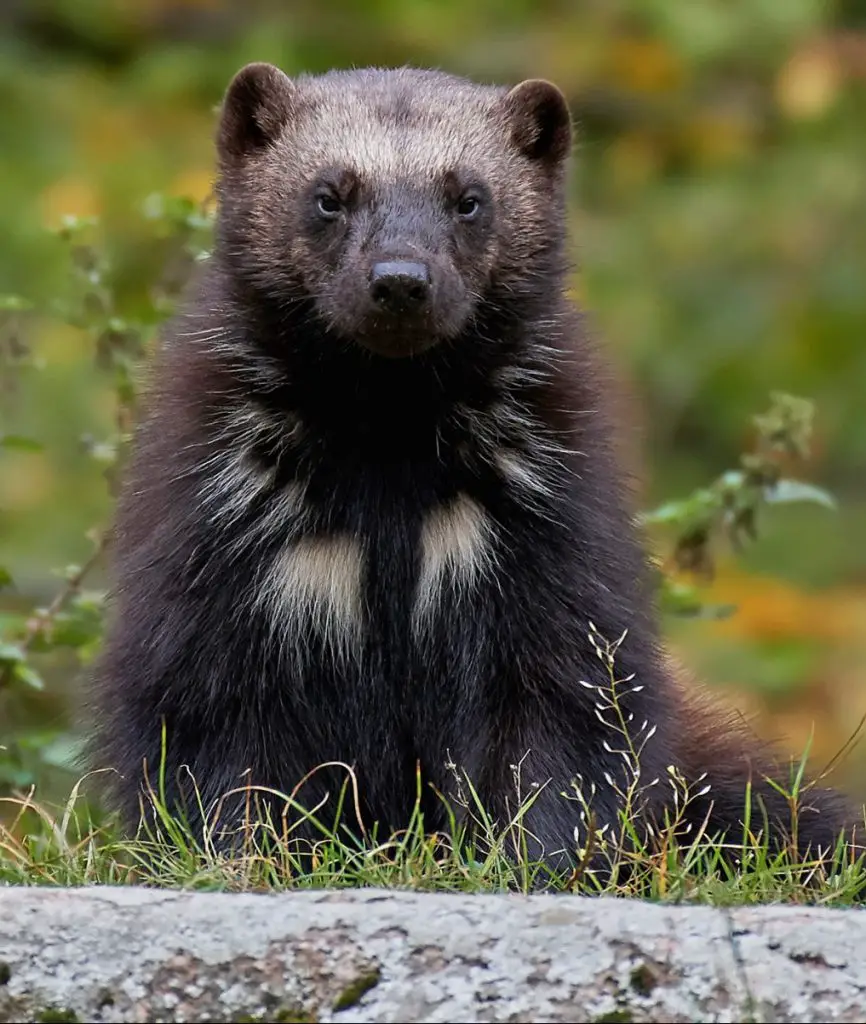
So most of the species like to hunt in the nighttime because they feel more comfortable going out in the nighttime. In their day times, they do protect their dens.
They are solitary animals and they need more and more areas for their territory.
Males do mark their territory with their scent all over their dens and they just allow the females to enter into that territory in the breeding season.
Wolverines can have very large boundaries. They can have a range of territory from 65 km to 600 km. Most of the time they spend their whole day protecting their dens and sleeping.
Like the Tasmanian devil, they also like to sleep in the daytime. This is because they are solitary animals and do not like to interact with the other animals around them. If any other animal which is half of their size will come into their area, they will attack it and kill them.
One more thing that needs to remember is that wolverines are polygamous, which means that one male can mate with multiple females in the mating season which starts in August. After that, they make dens by digging the snow up to 15 feet long.
Do Wolverines Attack Humans While They Are Sleeping?
Wolverines have been known to pose a wolverine’s potential threat to humans, but instances of them attacking people while sleeping are extremely rare. These solitary creatures typically avoid interactions with humans and usually only attack when they feel threatened or cornered. Nevertheless, it’s always best to take precautions and make sure campsites are secure to minimize any potential encounters.
Do Wolverines Sleep?
Most people might be thinking that how the wolverines survive in such harsh weather. Well, they have a hydrophobic coat that is used in repelling the snow and rain. They do have large paws which helps them to walk with stability on the deep snow.
Most of the time they hunt at the night but during the day, they sleep throughout the day. This is because they are solitary animals that do not like to interact and stay alone throughout the day. In this way, they make themselves able to save energy for the night hunting. So, these creatures are very smart and intelligent and they have adopted new ways to survive in such cold weather.

